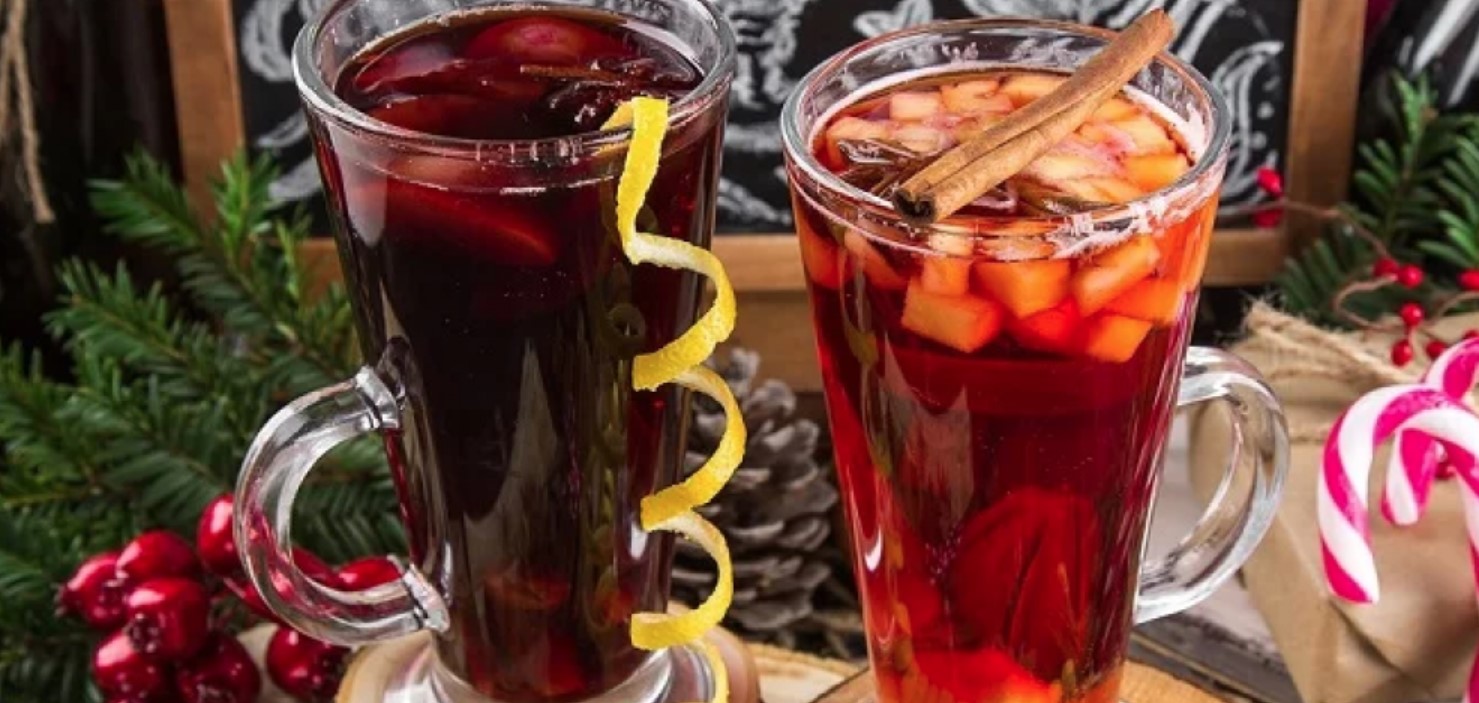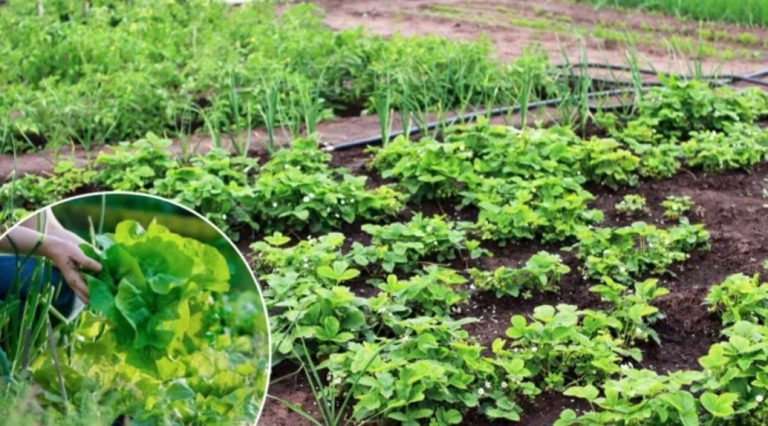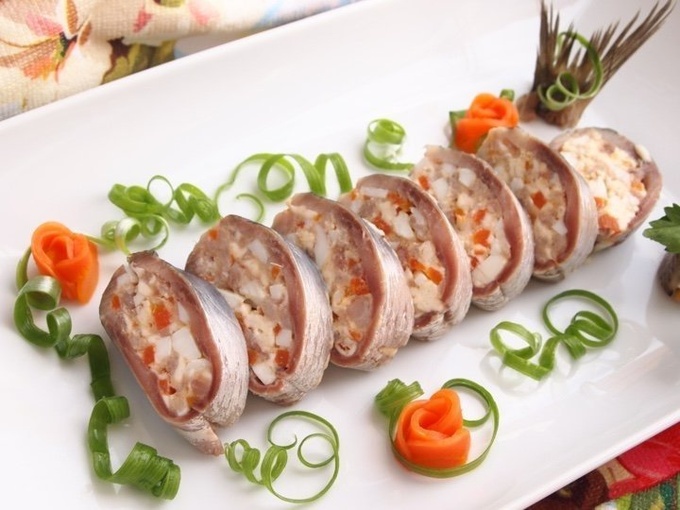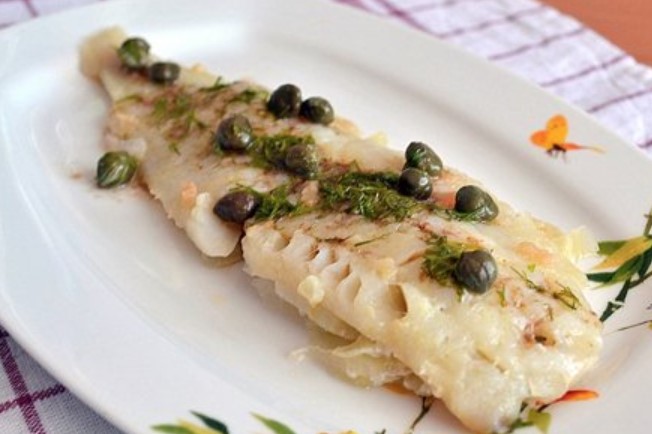In hot summer weather there is nothing better for us: being outside, soaking up the fresh air and warmth and eating our home-grown vegetables in the open air. Best with good friends and good music, refreshing drinks and a barbecue.
With almost everything we do, we now ask ourselves as a matter of course: Is what I’m doing really good for me and my body? How do I do it in the most environmentally friendly way possible? And: Can I replace old habits that I no longer really feel comfortable with with simple alternatives? These were also exciting questions about barbecuing, which we curiously got to the bottom of and found out: Thanks to start-ups that love to grill, more ecological barbecuing is fun and easy to implement with a little creativity – maybe there are a few suggestions for you too?
The grill – from a campfire to a high-tech wonder
Kettle grill, table grill, disposable grill, charcoal grill, fire bowl, smoker, water smoker, gas grill, electric grill, solar grill – the selection on the market is huge and offers a suitable device for every occasion. But not every grill variant is equally sustainable…
Charcoal grill
The classic charcoal grill – probably the most common among grill fans due to the woody smoke aromas on the balconies and terraces in this country. However, since charcoal has to be burned with this technology every time you grill, standard lighters are criticized and half the residential area is fogged up with the intense smell of smoke, there are more sustainable and neighborly alternatives. If the charcoal grill is your be-all and end-all, we have a few more tips on how you can use it in a more environmentally friendly way…
Electric grill
For more frequent barbecue evenings, it is worth purchasing an electric grill, in which there is no charcoal smell and the energy is ideally obtained from green electricity – the electric grill does not detract from the taste result. You may need an extension cord for this. In addition to saving charcoal, the electric grill offers the advantage that it is easy to clean and relatively cheap to buy.
Solar grill
A larger, but particularly sustainable investment is a solar grill, which roasts the grilled food completely autonomously using solar energy. Cooking vegetables with the power of the sun is certainly the most advanced and (besides the open fire) the most self-sufficient form of grilling. However, it does require a really sunny day and a bit of patience as it usually takes a little longer to heat up.
Disposable grill
A disposable grill is not particularly efficient due to the fact that it can only be used for one event. Outside of the balcony or garden at home, the disposable aluminum grill is often used. This is also particularly energy-intensive in production and recycling. However, if the use of a disposable grill cannot be avoided, at least disposable versions made of wood* or cardboard offer an alternative. These can be burned without leaving any residue and have the additional advantage of providing the typical wood and roasted aromas.
However, it is better to grill outdoors in public barbecue areas where a barbecue is already installed. Find out where there is a barbecue area near you in your city.
Igniting alternatives to charcoal and grill lighters
Vegetable power instead of charcoal
Logo – for us, vegetables belong ON the grill. But how would it be if vegetables UNDER the grill gave the grilled food “fire under the buttocks”?
Vegetables offer a very environmentally friendly alternative to charcoal. This is often made from tropical woods, which are cleared and have to travel long distances to get to us under the grill. Better: Waste from food production, which arises anyway and normally ends up in the bin. They are increasingly processed and pressed into briquettes. On the market you can find charcoal made from olive stones, coconut shells and corn cobs. Even processed grapevines are suitable as charcoal. Corn cobs can also be found in the supermarket – in addition to the positive ecological aspect, they offer the advantages that hands do not turn black and have a longer burn time.
Use coal responsibly
If “vegetables under the grate” seems a bit bizarre to you, you can look for certification seals when buying the charcoal and thus influence the ecological balance at least a little positively.
The first thing to mention here is the FSC (Forest Stewardship Council) label, which guarantees that the wood for the charcoal comes from sustainable and responsibly managed forests. You can also make sure that the wood is from local woods such as beech. However, the information on the packaging of the coal is not mandatory and is withheld by many manufacturers. The DIN EN 1860-2 test mark is also decisive for less polluting barbecue pleasure. This indicates on the packaging of charcoal that the pollutant content is below a certain limit and therefore no products with pollutant-containing paints were mixed with the wood.
Grill lighter – The spark must fly
When you have provided an environmentally friendly basis with the vegetable charcoal, it is time to light the fire. Even if our basic instinct would like to kindle a big blazing fire, good embers can also be created gently and naturally.
Grill lighters often contain vast amounts of chemical substances, which u. be noticed by their smell. When you consider inhaling these fumes or leaving residues in the grilled food, you lose your taste.
Firelighters made from wood fiber and wax can offer a simple alternative (these are also available with the FSC seal). It’s also a lot of fun to make your own grill lighter, because you know exactly what’s in it and it’s also super easy.
That’s what’s on our plate!
For us, the basis of a colorful barbecue evening is formed by many crunchy vegetable creations, which are usually freshly harvested from the bed and prepared in a variety of ways before they later end up on the grill. Even if the food to be grilled is the focal point at a barbecue party, side dishes such as salads, crispy finger food, delicious dips and good bread do not eke out a shadowy existence with us – on the contrary, they bring variety and round off the barbecue party, freshly prepared and spiced up with pep . As always, local, seasonal and low-packaging or packaging-free foods are the most ecological.
Simple food and drink inspiration
We have collected some ideas on how you can turn your barbecue into a feast for the eyes and soul with colorful vegetables from your own patch, from the balcony, farm shop or weekly market:
Filling Salads:
- potato salad
- Salad millet or buckwheat (instead of couscous or quinoa)
- Salad with cucumber, mango and chickpeas
- Pasta salad with sun-dried tomatoes, olives and capers
- Lentil salad with apple, bell pepper and spring onions
- Beetroot-carrot-apple salad
- Raw food sticks made from carrots, peppers, cucumber
Grilled food:
- Corn on the cob (better to pre-cook to avoid grilling for too long)
- Vegetable skewers e.g. peppers, courgettes, cocktail tomatoes, onions
- Stuffed vegetables such as mushrooms, peppers, zucchini
- marinated tofu or seitan, strips of tempeh (for the marinade: oil, garlic, pepper, salt, herbs, mustard, soy sauce, etc.)
- asparagus
- Zucchini and eggplant in strips
- Rosemary potatoes (better pre-cook to avoid too long grilling time)
Sauces and dips:
- Make ketchup yourself from your own tomatoes: Let the onions caramelize, add the tomatoes and let them boil down, season with pepper and salt and, if desired, with curry powder and puree, then pass through a sieve again
- Yoghurt dip with fresh mint
- Spicy date chili dip
- Red bean spread
- Hummus mild or spicy
- Our tip: Mix together what you feel like, just try something new!
Beverages:
- Homemade lemonade e.g. with lemon balm, cucumber and lime
- Homemade elderberry sparkling wine
- Sparkling spritzers with our own fruit syrup
- Bought from reusable glass bottles
Dessert:
- Grilled bananas: place the bananas in their skins on the embers and allow them to blacken, slice the skin open lengthwise and enjoy garnished with dark chocolate or nuts
- Roast fruit such as apples, pineapple or strawberries in slices on the grill
- Fruit salad with soy yoghurt
- Homemade sorbet
Decorations:
- Washable napkins made of colorful fabric instead of paper
- Homemade citronella candles in recycled Weck jars – look pretty and drive away unwanted
- buzzing guests
- paper garlands
- Solar lights – at Sonnenglas there is a particularly nice variant…
- Hang jars with sand and beeswax candles in the tree with a ribbon
